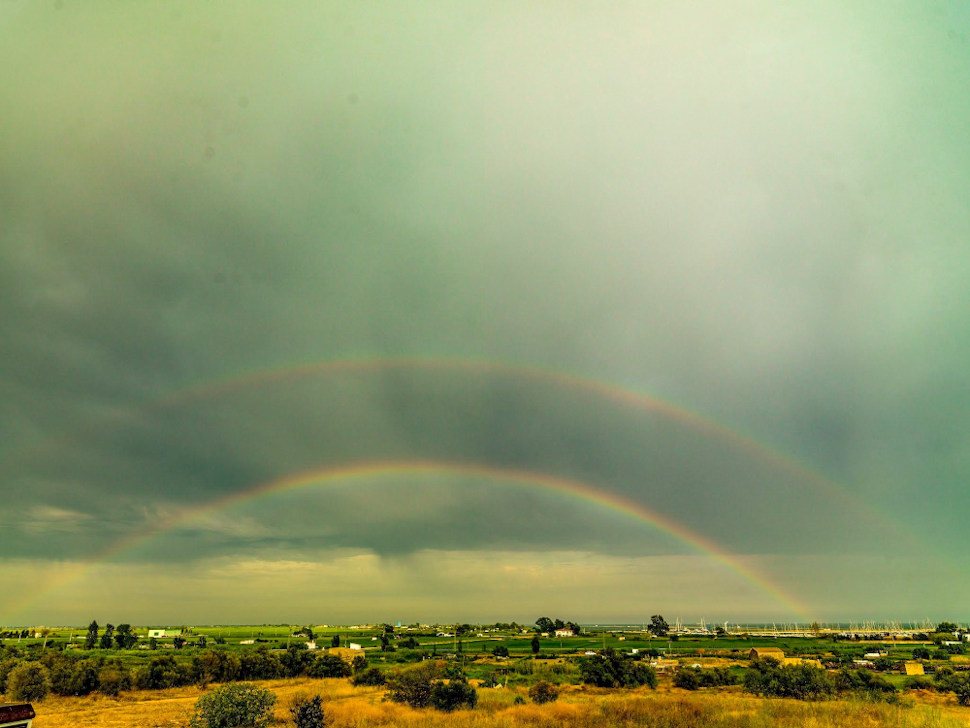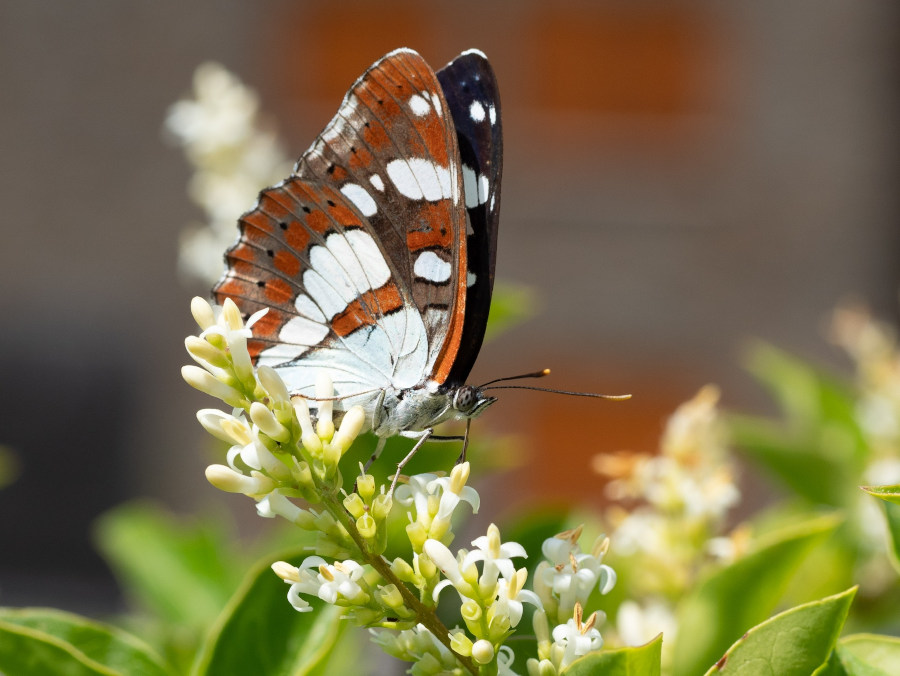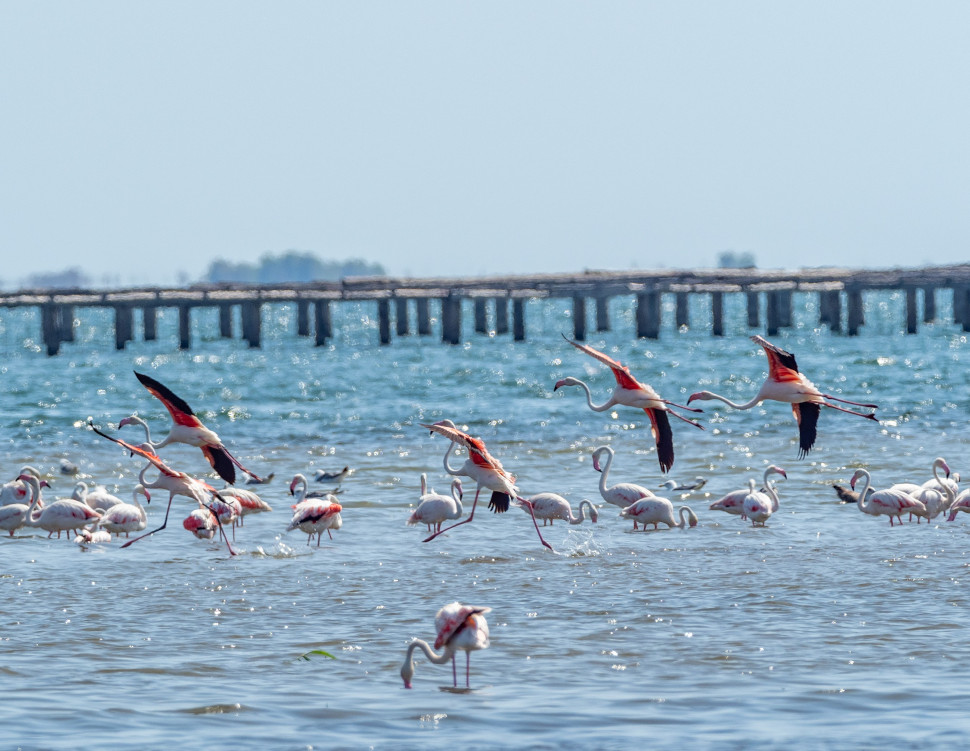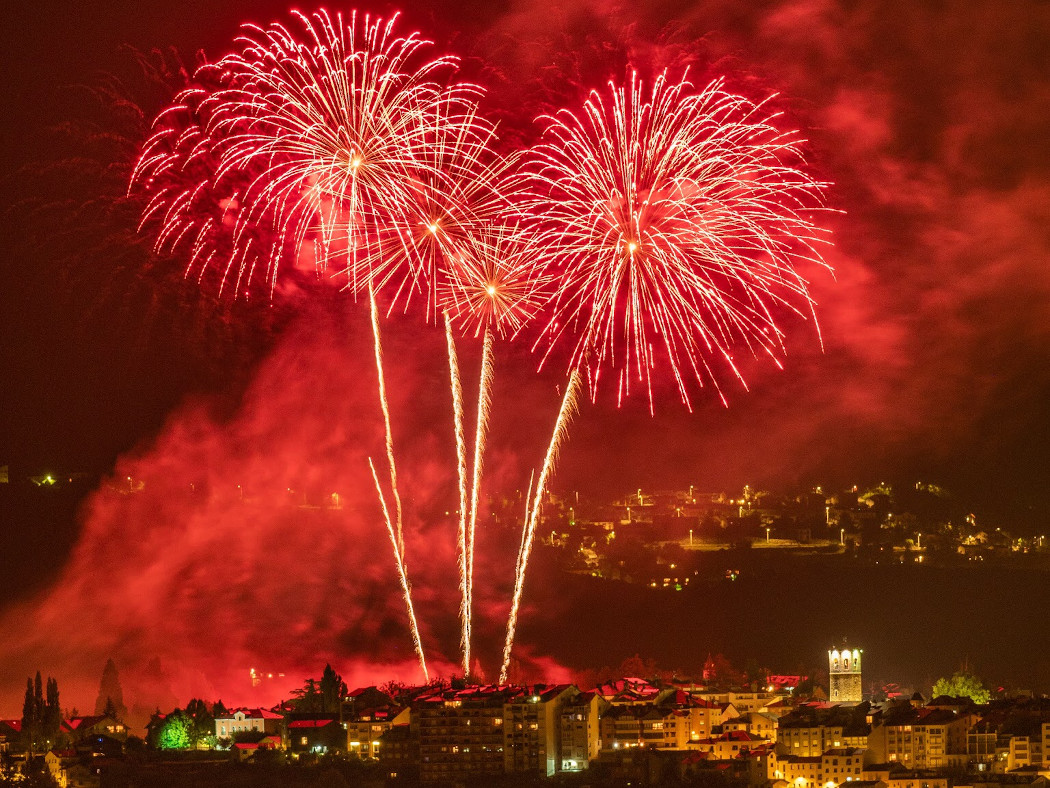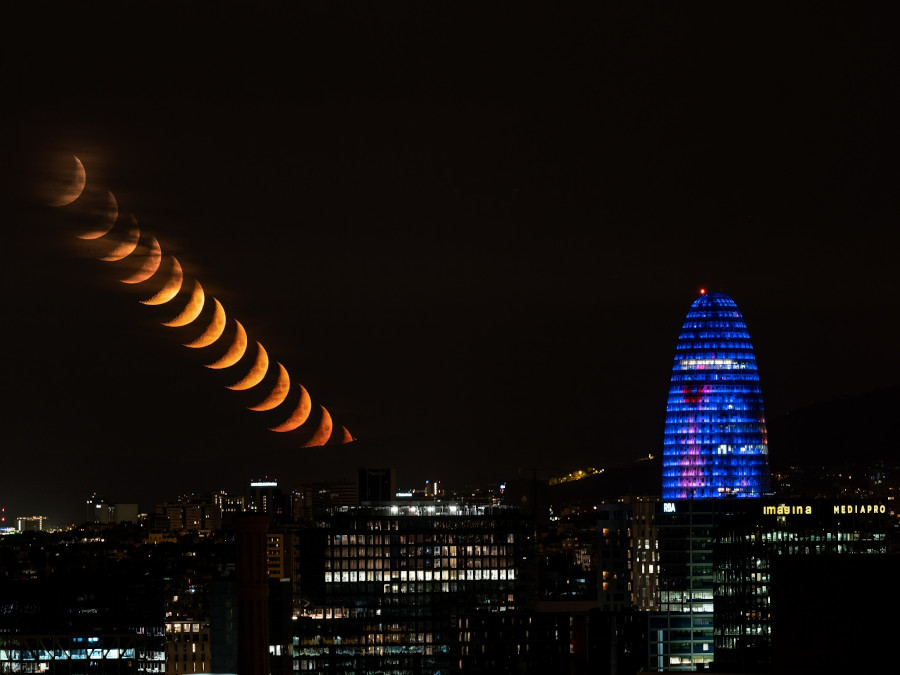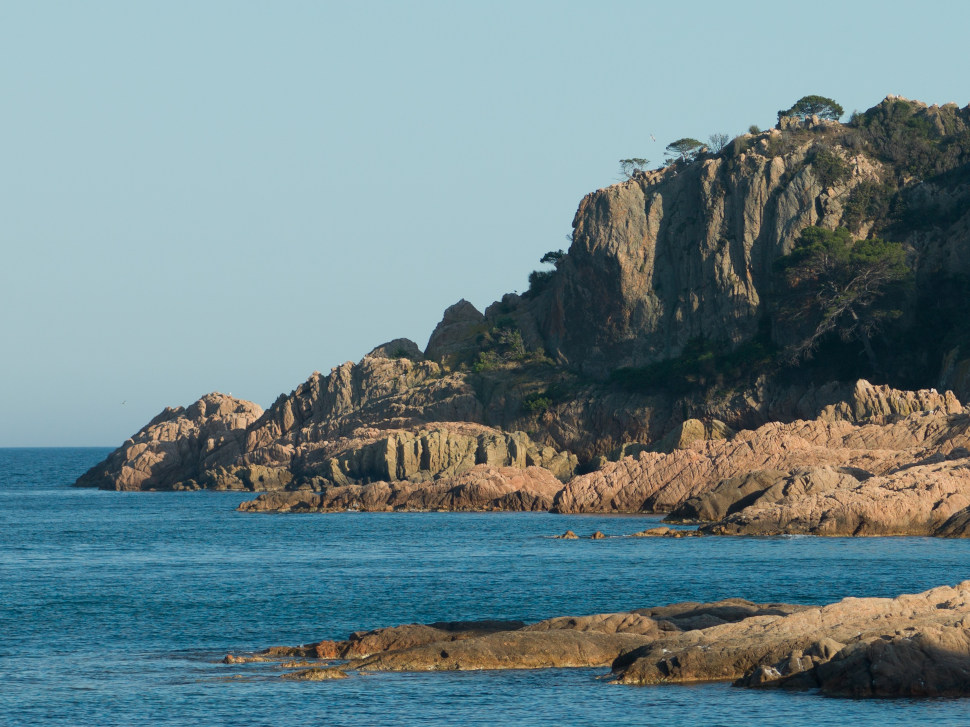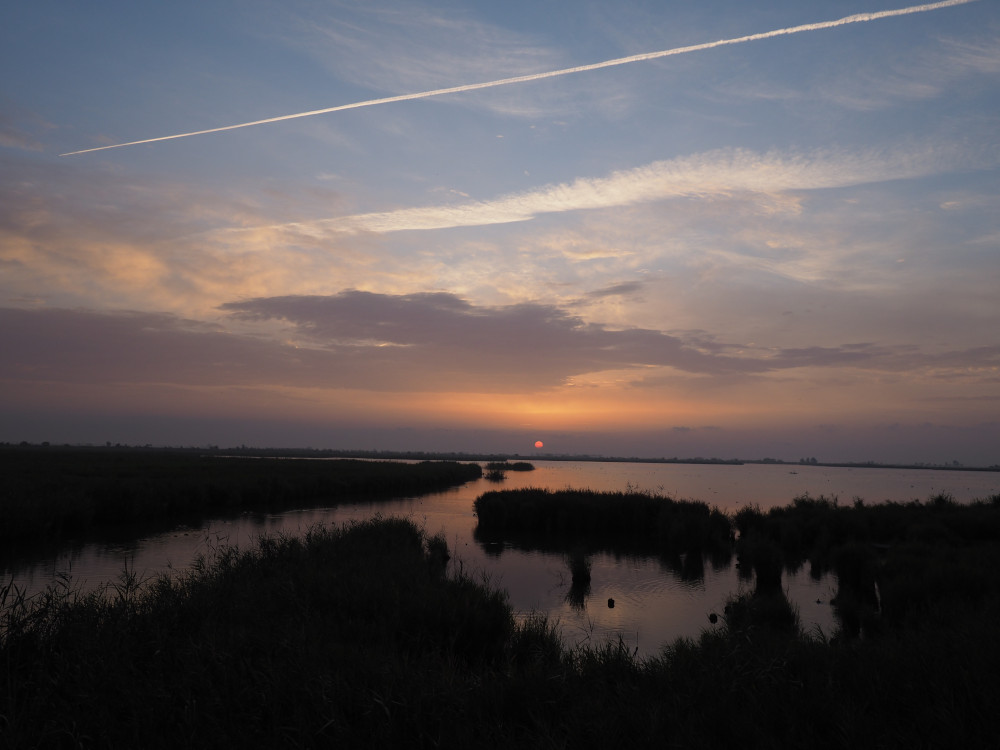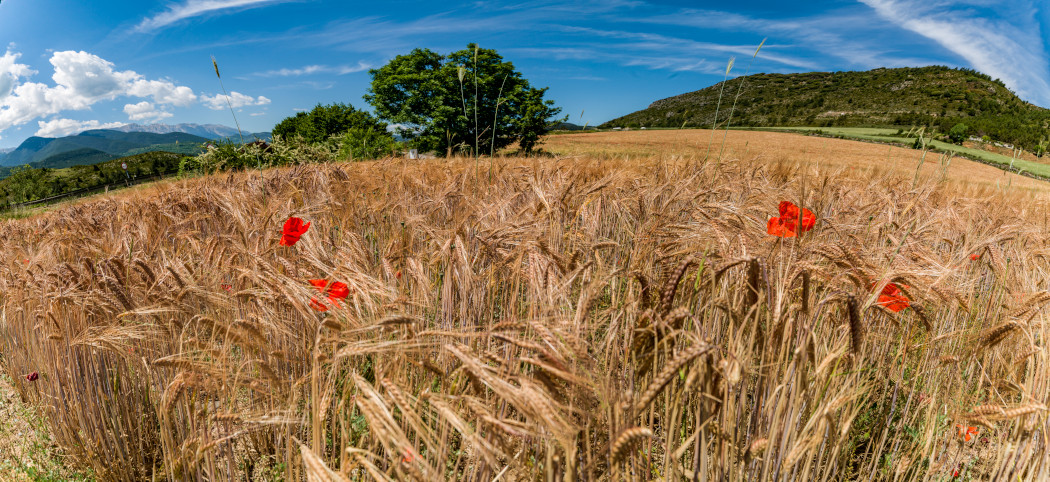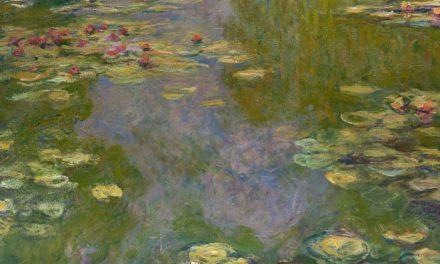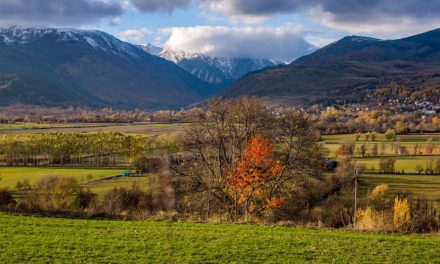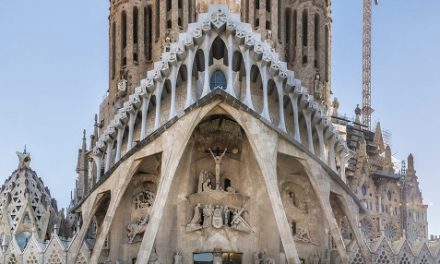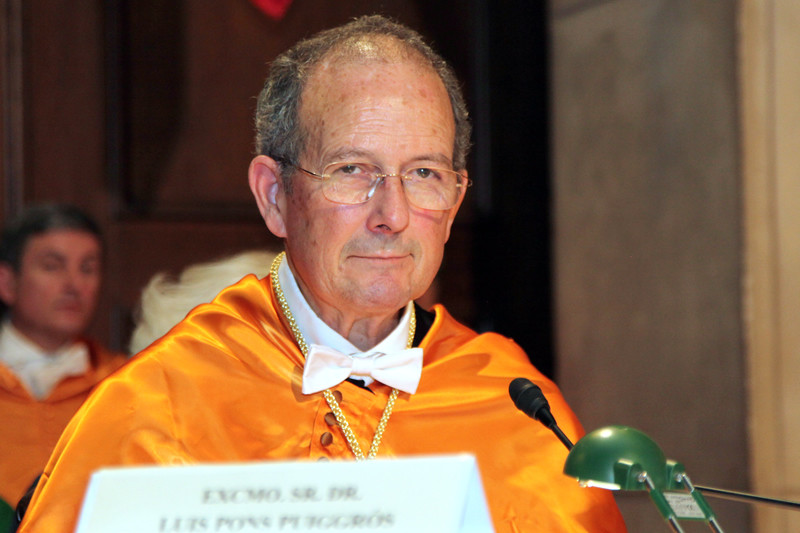
Dr. Luis Pons
Luis Pons, chemical and industrial engineer, doctor in Business Administration and Management and corresponding academician of the Royal European Academy of Doctors-Barcelona 1914 (RAED), again shares with the academicians and friends of the RAED his passion for photography presenting the new series of snapshots “Golden hours”, offering a vision as intimate as full of this station. “Before or after sunrise and sunset, half an hour or more, before or after: the landscape is illuminated with a light, diffused or direct from the sun that creates shadows, beams of light, it colors sky and clouds, always changing and of great beauty. They are moments, which are known as golden hours. In all seasons the photography is planned for these hours. But in the summer months it gives us spectacular images. In both city and natural landscapes it’s advisable to take advantage these minutes and enjoy it”, says the academician.
Pons explains that the intense summer light is a great ally for macro photography. “Macro photography, of insects or flowers, requires very low ISO sensitivities. The use of a telephoto lens is recommended. From a distance, dragonflies, butterflies or bees are prevented from altering their trajectories and it’s possible to anticipate a good shot. Flowers or the most attractive fruits generally look at the sun”, he continues. The academician and photographer recalls the sunrise in the Ebro Delta as a daily summer show. “The photos show how the sun distributes its light in the mists. The panorama provides another angle that includes high clouds from the viewpoint of La Guardiola. The sun between the masts of a marina gives content to frame the golden hour. A rainbow , in the same Delta, after a storm, I was surprised. But the camera also captured a second rainbow that the eyes only saw when reviewing the shot”, he explains with fascination.
Other scenarios of these snapshots are in La Cerdanya, with flowers and a great diversity of butterflies and bees, and the Pyrenees and the Cadí mountains, with abandoned meadows for the cultivation of cereals offering beautiful ocher and yellow adorned with the flowers color in a mountain environment. “The tops of the Cadí are a barrier of local cloudiness. Each ravine brings water to the basins of small streams. The silk effect of the photograph of the moving water allows vegetation and boulders to be highlighted”, he says. “The nights in summer are short and with interesting challenges in night photography. The luminosity of fireworks, the moon and its light with its trajectory and other phenomena. All these are challenges that allow you to enjoy a calm and curious look, a passion for nature and photography. And the best part is that now the wonderful autumn has arrived”, he says.
Pons discovered photography in the 80s of the last century, both because of his interest in the chemical process involved in the revelation of negatives in paper photography and because of his proximity to the photography sections of the newspapers “El País” and “Avui”, where he worked as a manager. “Chemistry and communication have given content to my career. Digital or computer systems have enabled great developments by exploring the spectra of light, infrared and ultraviolet. Photography uses a technology that captures through lenses and sensors, now electronic, points of light with their colors and intensities in visible spectra”, he concludes.

